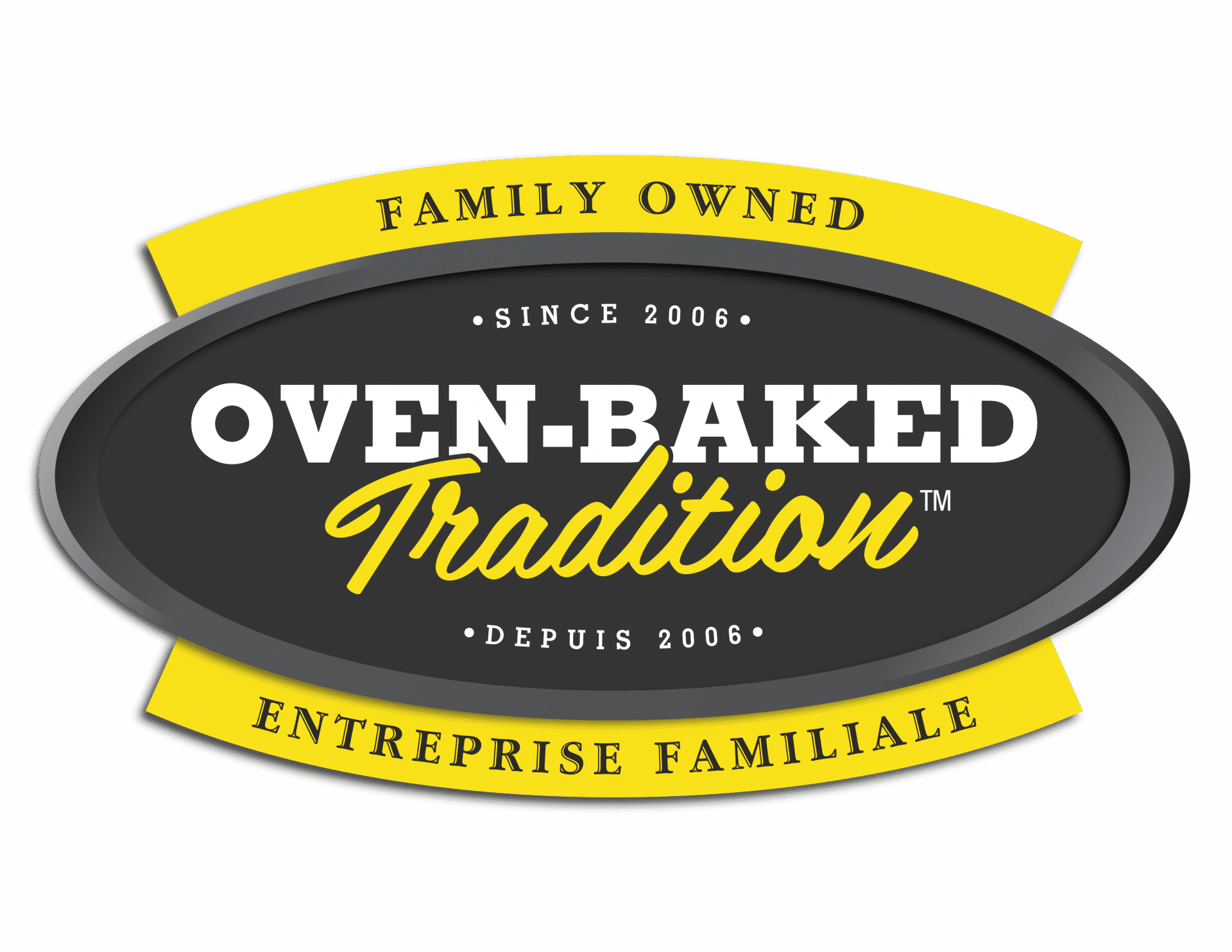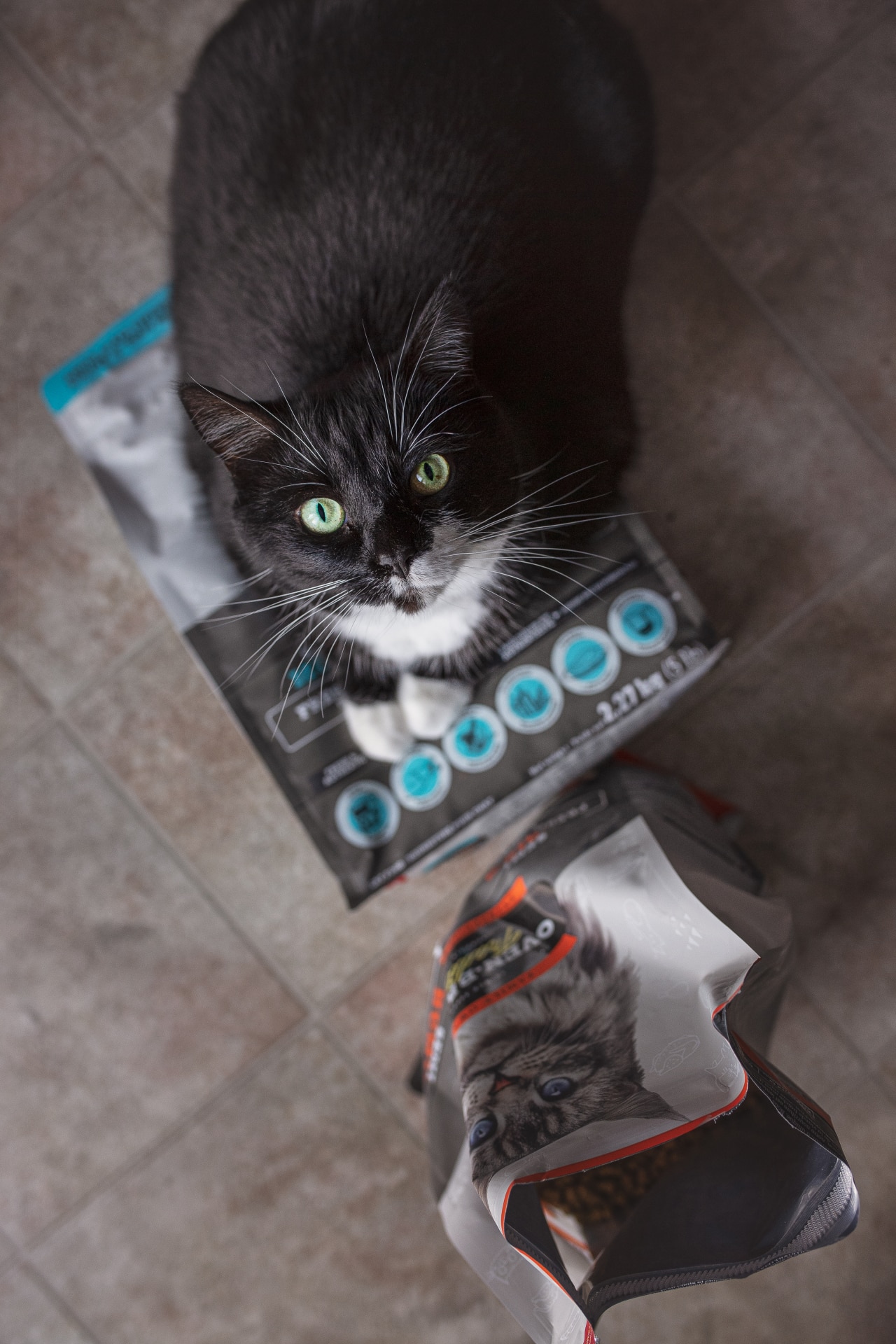By Sophie Lavallée M.Sc., Agr.
A new ingredient category has recently made its way to cat and dog food products: legumes such as peas, chick peas and lentils. Many legumes are now found in grain-free formulas and have become so popular that they are even used as a substitute for potatoes and tapioca.
What are the specific benefits of legumes as a cat or dog food ingredient?
The nutrition profile of peas, lentils and chick peas differs greatly from that of grains. In fact, their raw protein content is 19-25%, twice as much as that of grains.
Not only are legumes low in fat, but they are also an excellent source of carbohydrates, which provides energy, while containing far more fiber than grains such as corn.
The fiber from legumes also differs from that of grains in terms of its solubility. Whereas the fiber from grain scales is only rich in insoluble fiber such as cellulose, the fiber from legumes also contains an internal cotyledon (germ) which is said to be fermentable and more soluble. In terms of digestibility, the fermentation of soluble fiber enables the intestine to obtain the components needed to optimize the proper functioning of intestinal wall cells. This balance between soluble fiber and insoluble fiber is what promotes optimal digestive health. See our previous article entitled “The role of fiber in your pet’s diet”.
The dietary benefits of legumes in helping to reduce colon cancer risks and maintain healthy cholesterol levels has been widely documented in human studies. Although there haven’t been enough pet studies to arrive at this same conclusion for cats and dogs, there is no question that legumes are an excellent source of protein and fiber for both pets and people.
In addition, legumes do not contain GMOs and are mostly grown in Canada. Not only are legume crops sustainable and low-input, but they also provide long-term benefits to the soil.
We hope you enjoyed learning about the benefits of legumes as a pet food ingredient. Feel free to contact us should you have any questions on this topic.

